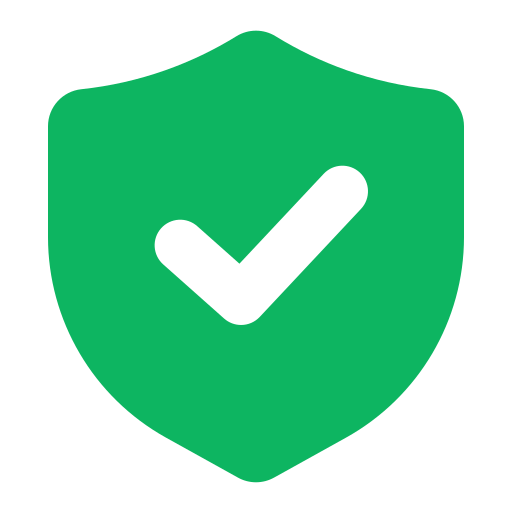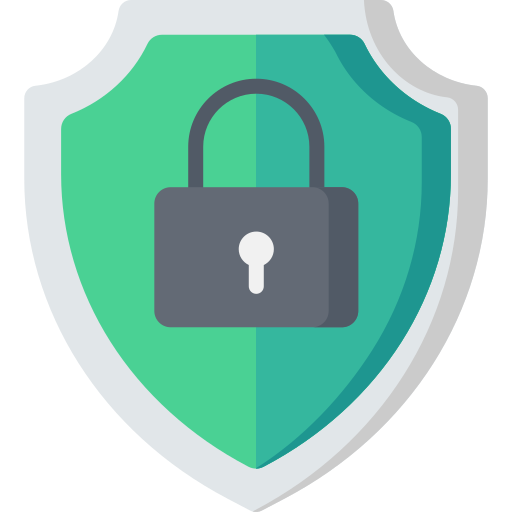
Secure Service Edge (SSE)
There are three fundamental pillars of SSE


CASB
Data loss can have serious consequences especially if it has sensitive data. There are laws and regulations being introduced to protect data, such as, GDPR , HIPAA, California Consumer Privacy Act and Australian Notifiable Data Breaches Act, there are financial penalties if the data is lost due to a breach, whether it is accidental or malicious.
CASB is designed to provide visibility to applications used in the cloud and helps an organization put the governance, secure sensitive data and offers data loss prevention.
There are four major pillars of CASB:
- Visibility
- Compliance
- Data Security
- Threat protection

Secure Web Gateway



Zero Trust Security
Ransomware can not only cause financial damage to your company, it can also impact reputation, especially if you have Intellectual property, Protected health information, and financial data.
Spyware, ransomware and malware are not only attacked from the Internet, they can also be manifested internally by phishing attacks, your defense must encompass guards on perimeter and inside.
Each user, each client, must be treated as an island, a compromise on one client shouldn’t impact other sensitive data in the rest of your environment.
Zero trust security practices can help guard against such attacks, US DoD has recognized the importance of this architecture to help protect the country against external and internal threats:
Zero Trust has following building blocks
- EndPoint Security
- Zero Trust Network Access
- Zero Trust Identity

